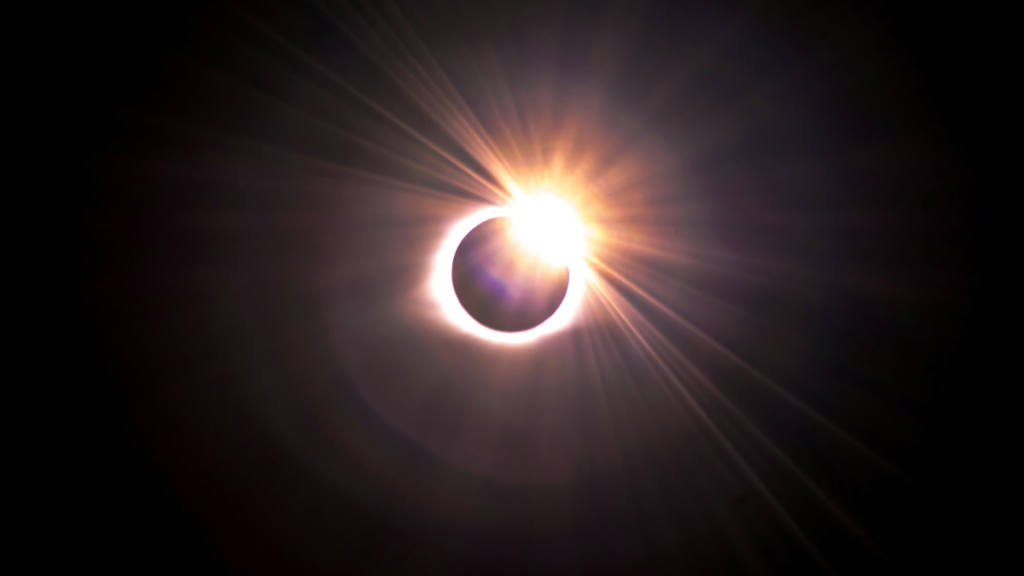The solar eclipse is finally upon us. Tomorrow afternoon, about 36 million people living in the path of totality will look to the skies for the celestial event—which won’t happen again in the contiguous United States for another 20 years.
Because the chance to see a total solar eclipse is so rare, forecasts may be leaving many disappointed. Meteorologists are predicting cloudy skies, rain, and thunderstorms for most of the people who are expecting to witness totality. As it stands, the only main cities in the path not expecting poor visibility are Russellville, AR; Carbondale, IL; Indianapolis, IN; Burlington, VT; and Houlton, Maine.
[4/7/2024]
— NWS Weather Prediction Center (@NWSWPC) April 7, 2024
Updated Key Messages for tomorrow's total solar eclipse and cloud cover forecast are available. High clouds spanning across parts of the totality path are likely, but may not completely obscure the eclipse. For local forecasts visit https://t.co/pGx1JRZLBI. pic.twitter.com/d4JgEXorsF
The remainder of the cities in the path of totality and many of the cities that will experience a partial eclipse will likely have varying levels of cloud coverage thanks to a storm system that is moving into the country. The regions with the best chance of clear skies for the partial event include the Southeast Coast and the Great Lakes.
However, while a crystal clear sky is the ideal backdrop for the solar eclipse, not all types of cloud coverage will ruin the show. And even the worst-case scenario won’t entirely ruin the event.
The Total and Partial Solar Eclipse Will Still Be Visible Through Certain Types Of Cloud Cover
Low-level clouds, which create overcast days, are the worst offenders when it comes to eclipse visibility. If your area experiences an overcast day, you will miss views of Baily’s beads, solar prominences, and very likely, the main event. But you’ll still feel and see several of the strange occurrences that accompany eclipses.
The Gulf Coast from Texas to Mississippi has the highest chance of low-level clouds on Monday.
Thin, high-level clouds will only slightly disrupt your solar eclipse experience. People under those conditions will still have a clear shot of the corona—it just may be slightly blurred. While clear skies will also offer brilliant views of the planets because of the extreme darkness, high-level clouds will make those difficult to see.
Most of the central and eastern United States are forecasted for high-level clouds.
Low to mid-level clouds will create a hit-or-miss experience. Typically, this type of coverage continuously drifts across the sky and offers breaks of clarity. The clouds may also be thinner, which will allow the light or eclipse to filter through. Because the eclipse is expected to last up to four minutes and 28 seconds, it’s unlikely that people will miss the entire show.
Low to mid-level clouds are expected in parts of the Southern Plains through the Mid-Atlantic and in most of the North-Central US.
You can find the source of this story’s featured image here.
Want to be happier in just 5 minutes a day? Sign up for Morning Smile and join over 455,000+ people who start each day with good news.



